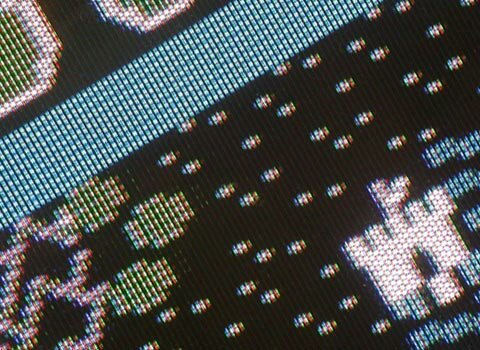VIDEO OF THE DAY 
 |
|
 |
|
|
|
The Apple II (sometimes written as Apple ][ or Apple //) was the first popular microcomputer manufactured by Apple. Its direct ancestor was the Apple I, a limited production circuit board computer for electronics hobbyists which pioneered many features that made the Apple II a commercial success.
Introduced at the West Coast Computer Faire in 1977, the Apple II was one of the first and most successful personal computers. A number of different models were sold, and the most popular model was manufactured with relatively minor changes into the 1990s. By the end of its production in 1993, 2 million Apple II series computers had been produced.
Throughout the 1980s and much of the 1990s, the Apple II was the de facto standard computer in American education; some of them are still operational in classrooms today. The Apple II was popular with business users as well as with families and schools, particularly after the release of the first-ever computer spreadsheet, VisiCalc, which initially ran only on the Apple II.
Apple’s Macintosh product line finally eclipsed the Apple II series in the early 1990s. Even after the introduction of the Macintosh, the Apple II had remained Apple’s primary source of revenue for years: the Apple II and its associated community of third-party developers and retailers were once a billion-dollar-a-year industry. The IIGS model was sold through to the end of 1992. The IIe model was removed from the product line on 15 October, 1993, ending an era.
Because Steve Wozniak wanted to demonstrate his Breakout game with the new Apple II, he decided to add colour, sound and minimum paddle support to the Apple 1’s heir. The Apple II came with 4KB RAM, but it was possible to add 4KB or 16KB RAM chips. Thus, the system could have memory in the following sizes: 4K, 8K, 12K, 16K, 20K, 24K, 32K, 36K, or a full 48K. This was one of the strong points of the Apple II: from the beginning, it was designed with expansion in mind. The eight expansion slots were further proof of that - users could expand their system easily, just by plugging cards into the slots.
The ROM included the monitor, a 6502 disassembler, ‘Sweet 16’ a 16-bit CPU emulator and the Integer Basic written by Wozniak in machine language, assembled by hand on paper! Not having to load a language from tape or disk to start programing was also a significant advantage over competitors. Even the innovative plastic case proved to be an important feature to attract customers. Just a few months after the Apple II presentation at the First West Coast Computer Fair in April 1977, Apple received about 300 orders for the Apple II, over a hundred more than the total number of Apple-1’s sold.
Take a walk down memory lane with this ‘so-made-in the-80s’ video. The cheese factor is exponential. Remember to add a ‘comedy’ tag when embedding!
BIOS, Feb 02, 07 | Print | Send | Comments (0) | Posted In Video of the day
 VIDEO OF THE DAY VIDEO OF THE DAY
 VIDEO OF THE DAY VIDEO OF THE DAY
 VIDEO OF THE DAY VIDEO OF THE DAY
 VIDEO OF THE DAY VIDEO OF THE DAY
 VIDEO OF THE DAY VIDEO OF THE DAY
 VIDEO OF THE DAY VIDEO OF THE DAY
 VIDEO OF THE DAY VIDEO OF THE DAY
 VIDEO OF THE DAY VIDEO OF THE DAY
 VIDEO OF THE DAY VIDEO OF THE DAY
 VIDEO OF THE DAY VIDEO OF THE DAY
More...
|

